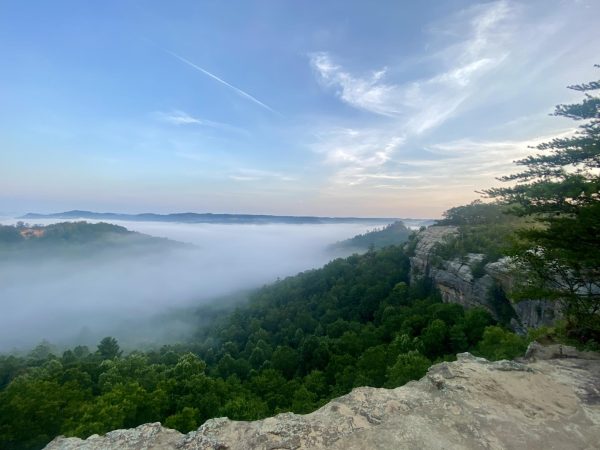Traditional coal mining methods harmful, companies must have more restrictions
February 2, 2009
Nate Waters’ column in the Friday Kernel misrepresents mainstream opposition to mining efforts. Certainly no mainstream voices are calling for the end of mineral extraction entirely. The efforts of most environmental groups are focused on the mining of coal, and they recognize that there will be continued demand for this energy source in the near future, though they would like to hasten transition away from it. Groups such as UK’s Greenthumb, as well as the Sierra Club, Greenpeace and Mountain Justice are, instead, raising questions about what they see as avoidable harm to the environment caused by specific engineering methods for the extraction of coal.
Chief among these opposed practices is that of mountaintop removal, in which the earth above a coal seam is briskly removed by high explosives, laying it bare to dragline excavators. This is significantly easier and arguably more cost-effective (depending on how one considers monetary costs) than the traditional subterranean methods of extraction, which are still the most common methods.
Not surprisingly, blowing up a mountain has its downsides. These include the clear cutting of forests and elimination of plant life at the site, kicking respiratory hazards such as coal dust and fly-rock into the air, the contamination and burying of streams and the radical alteration of topography by waste dumping in nearby valleys.
In the processing of coal, a slurry of concentrated toxins is produced, which is often dumped in artificial lakes with no particular long-term plans. The recent spill of 500 million gallons of slurry in Tennessee and the 2000 spill in Martin County highlight the irresponsibility of this approach.
Reclamation efforts are all too often superficial, when they occur at all (waivers can and often are issued by government regulators). Where there once was a forest with 100-year-old trees, mining companies will lay down some soil and spray a slurry of grass seed and agents to encourage growth. Certainly there are examples of better reclamation efforts, but they are exceptional, and it is doubtful that they recover even partially what we value in the environment that was destroyed.
The primary motivation of the coal companies is to maximize profits. Many others and I would simply like to see reasonable restrictions placed on these companies to preserve what we see as valuable aspects of our environment. I encourage your readers to research the issues for themselves — a voice outside the coal industry can be found at ilovemountains.org.
Bjorn Westergard
electrical engineering sophomore





















































































































































